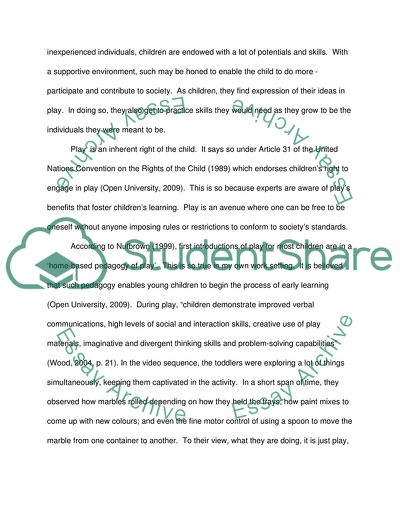Cite this document
(Childrens Play, Learning, and Creativity as Gleaned from the Video Term Paper, n.d.)
Childrens Play, Learning, and Creativity as Gleaned from the Video Term Paper. Retrieved from https://studentshare.org/education/1729953-e100-the-early-yearsdevelping-practice
Childrens Play, Learning, and Creativity as Gleaned from the Video Term Paper. Retrieved from https://studentshare.org/education/1729953-e100-the-early-yearsdevelping-practice
(Childrens Play, Learning, and Creativity As Gleaned from the Video Term Paper)
Childrens Play, Learning, and Creativity As Gleaned from the Video Term Paper. https://studentshare.org/education/1729953-e100-the-early-yearsdevelping-practice.
Childrens Play, Learning, and Creativity As Gleaned from the Video Term Paper. https://studentshare.org/education/1729953-e100-the-early-yearsdevelping-practice.
“Childrens Play, Learning, and Creativity As Gleaned from the Video Term Paper”, n.d. https://studentshare.org/education/1729953-e100-the-early-yearsdevelping-practice.


